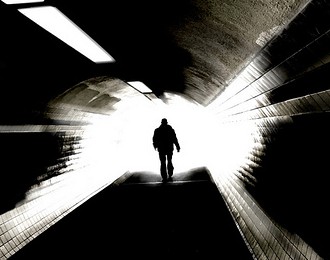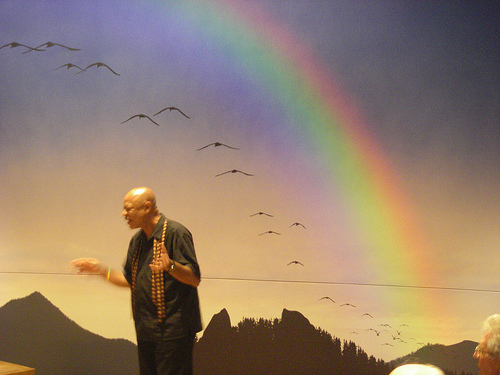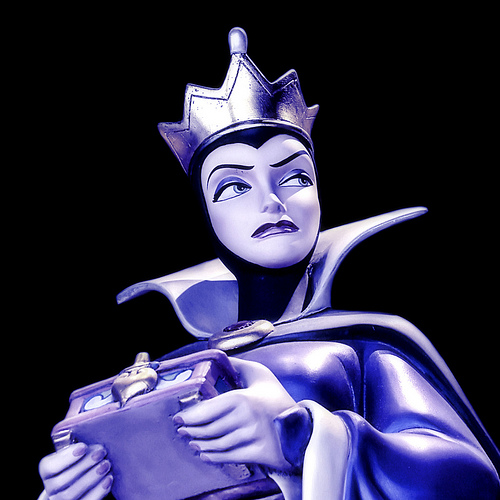The Cast of Characters in a Novel
Last week we started looking at secondary characters in a novel. I often see characters populating a story that seemed to be tossed in for no apparent reason. At least no reason that ties in with the main plot—which is about the protagonist of the novel trying to reach some visible goal.
Sure, life is interesting when you have interesting people around you. But we shouldn’t be writing novels just to showcase fascinating characters. Novels should be keenly focused, and those secondary characters, however colorful or intriguing, play a specific role.
It’s about Relationships
I mentioned last week that the purpose of inserting characters into a novel isn’t just about plot—what you have these characters do. It’s more about who they are. About relationship. Relationship to one another, but most importantly, relationship to the main character.
If it’s true (and I wholeheartedly believe it is) that the purpose of telling a story is to evoke emotion from your readers, what better way to do it than to show meaningful, purposeful relationships? The best novels, to me, are about characters who undergo significant change, and if you can create a character arc in your novel for your protagonist that has him change greatly and in meaningful ways by the end of the book, you are way ahead of the game.
What Facilitates Change?
You can have events bring about change in your protagonist (and any or all of your secondary characters as well), and they should. Your plot should have waves of incidents that affect your character and get him to make hard choices, question his beliefs and attitudes, rethink his decisions and goals.
But if you think about how and when you have been influenced the most to change a belief, behavior, attitude, or decision, you might agree that it’s usually due to the influence of another person—usually a person with whom you have some sort of relationship. A stranger might suggest a course of action to you and you might consider it. But if someone close to you—someone you care deeply for—urges you to reconsider your opinion or decision, that carries a lot more weight. If someone we love is passionate about something, they often persuade us to change.
It’s All about Persuasion
My speech teacher in college said that everything we belief, feel, buy, eat, wear, and read is due to someone persuading us. Whether directly or through advertising or some other means of communication, just about everything we do, buy, and “are” is the result of being persuaded. We are persuaded to try a new hairstyle, taste a new food, read a book by an unknown (to us) author, have Lasik surgery, buy a car, donate to a charity—all because someone, somehow, persuaded us.
Our goal as novelists is to persuade our readers: to get them to feel something in particular, to evoke emotion. The purpose of secondary characters, then, in a novel, is to also persuade. Their job is to persuade the protagonist in some way. To think or act differently, to see a situation in a different light, to change behavior or action. Whether they do this overtly, covertly, or even unconsciously, that depends upon the role and nature of the character in the story. But persuade they do.
When I say persuade, I mean it in the general sense of influencing behavior. An antagonist in a story won’t necessarily stand around trying to convince the hero to do or not do something. He might, by his actions, push the hero in a direction. His opposition is persuasive in that he triggers a response in the hero that causes reaction.
Action-Reaction
If you keep in mind the basic structure of storytelling is action-reaction, action-reaction, then secondary characters are in the story to persuade. To create “action” so that the protagonist can “react.” That may seem simple, but it’s the basic idea.
Since that’s the case, you can see why having random, however colorful, characters populating your novel will not benefit you or serve the interests of your story unless they play key persuasive roles. That is not to say you can’t have colorful minor characters adding that splash of humor or wittiness here and there. But we’re talking about the important secondary characters that greatly impact the plot.
Now that we’ve begun this topic, next week we’ll start looking at the three major character types in story structure and the roles they play.
Any thoughts about creating believable characters and the idea that great characters are founded on relationship?
Inspection checklists:
Inspection Checklist 1-concept with a kicker
Inspection Checklist 2-protagonist with a goal
Inspection Checklist 3-conflict with high stakes
Inspection Checklist 4-theme with a heart
Inspection Checklist 5-Plots and Subplots in a String of Scenes












WOW! All these checklists are FANTASTIC, and I’ll be sure to refer back to them. Thank you!
I’m glad they help, thanks!
Really useful post, thanks a lot.
Hi Suzanne
I know we’ve passed the posts on scenes, but I thought that everyone could benefit from the following article from Randy Ingermanson, the Snowflake Guy.
http://www.advancedfictionwriting.com/articles/writing-the-perfect-scene/
I think it would be a perfect compliment to what you have covered on scenes.
Also, his Snowflake method of starting with an idea and fleshing it out into a full novel is interesting.
Thanks for sharing that!